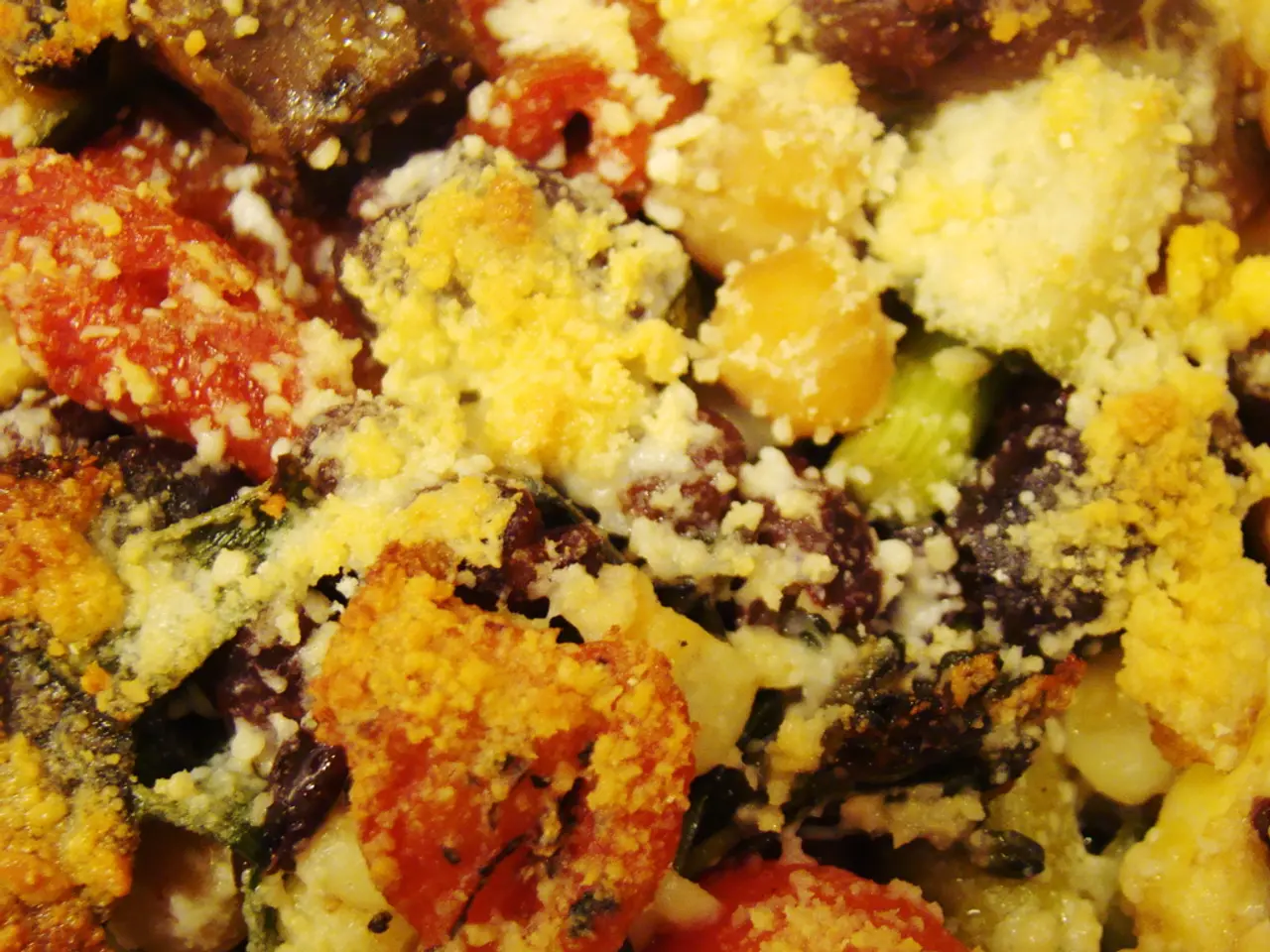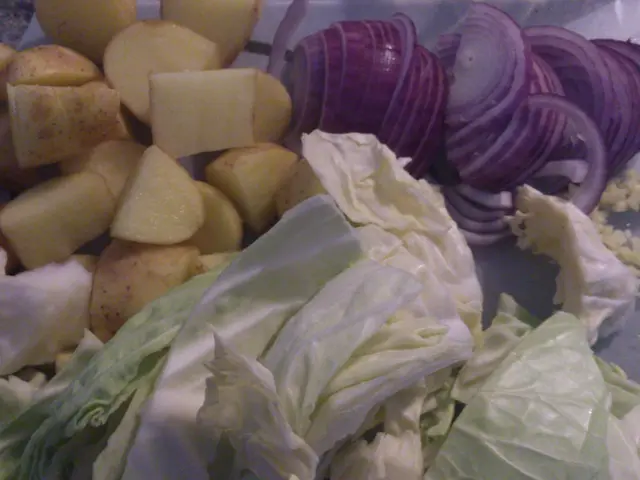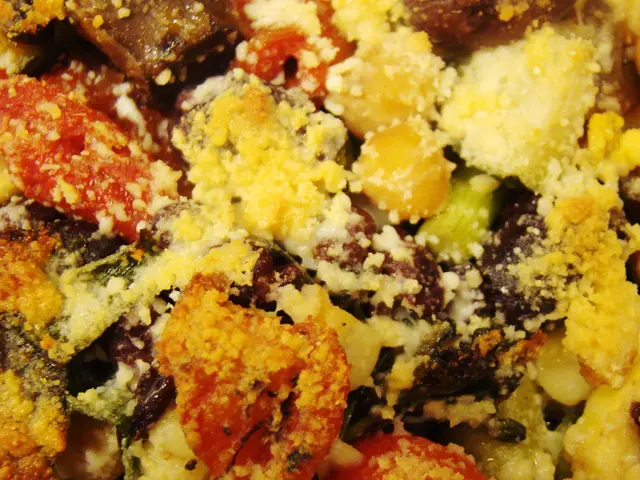Living in Lacksville: Understanding and Conquering the Food Deserts of the US
In today's talk of health, one topic often glossed over is the question of food availability. You might be thinking, "I've got my fresh greens, low-sugar snacks, and home-cooked meals, so what's the issue?" Here's the thing: not everyone has the same chances. A staggering 19 million people in the US live in places where healthy food isn't just a luxury - it can feel like an unattainable privilege, a.k.a food deserts. Let's dive into what these meaningless, barren wastelands are and how we can combat them.
What's a Food Desert, Anyway?
Food deserts, or grocery deserts, are neighborhoods where getting your hands on real, nutritious grub isn't as straightforward as swinging by the local supermarket. Essentially, the USDA Economic Research Service defines these areas as "low-income, low-access."
In simpler terms, many folks living in food deserts don't have a full-service grocery store nearby, and if a car or decent public transit isn't an option, healthy eating becomes more of a pipedream than a reality.
The Most Affected Places
In 2008, a slew of research shed light on food deserts, showing us they're found almost exclusively in low-income neighborhoods and disproportionately impact Black and Hispanic communities. This unfortunate pattern isn't just about geography - it's the ugly result of policies like gentrification, deindustrialization, disinvestment, redlining, and corporate food strategies focused on profits, not people.
Food Apartheid versus Food Insecurity versus Food Swamps
We've talked about the term "food deserts," but there are other phrases often tossed about in food inequality discussions such as "food apartheid," "food insecurity," and "food swamps."
"Food apartheid" refers to a systemic, intentional separation of people into food-rich versus food-poor areas, while "food insecurity" means not having consistent, reliable access to nutritious food due to factors like cost, distance, or lack of availability. On the flip side, "food swamps" are neighborhoods with too many unhealthy food choices.
The Impacts on Our Health
A poor diet is a crucial driver of obesity in the U.S., and space and income play significant roles in dietary choices. People living in food deserts often have no choice but to opt for cheaper, less healthy food options, which can lead to higher rates of obesity, diabetes, and cardiovascular diseases. On top of that, many food desert communities lack access to necessary medications for chronic conditions like high blood pressure or Type 2 diabetes, creating a vicious cycle of health problems.
Eating Healthy in Food Deserts
Living in a food desert doesn't mean healthy eating is impossible. Some practical strategies to prioritize nutrition in these situations include:
- Emphasizing plant-based food: If fresh produce is hard to find, choose frozen or canned options with less salt or sugar.
- ** sniff out protein sources:** Opt for canned tuna, eggs, or dry beans to help keep you full and support muscle maintenance.
- minimizing processed foods: Opt for minimally processed options when you can. Choose whole-grain bread, brown rice, or water instead of soda for weight management.
- stocking up on bulk food: If bulk buying is an option, consider stocking up on shelf-stable items like brown rice, beans, lentils, or oats.
- getting creative with convenience stores: Even if you don't have a full grocery store, you can often find affordable snacks and meal options at corner stores.
- gardening anything you can: If you have access to a community garden or space for a few pots, try growing herbs or vegetables.
- finding local food initiatives: Some food banks or farmers' markets offer programs for those in need, even if you're facing logistical or monetary barriers.
Supporting Those Living Outside Food Deserts
Addressing food deserts goes beyond providing food. Here's what you can do if you don't live in one:
- Share food: Donate surplus food to local shelters or food banks to help fight food insecurity and reduce waste.
- Volunteer for gleaning programs: Some organizations and farms collect leftover crops to distribute to those in need.
- Support food banks and local food pantries: Contribute financially, donate food, or volunteer your time to expand their reach.
- Get involved in local policy change: Support policies that bring grocery stores and funding to under-served areas and back food justice initiatives.
Final Thoughts on Food Deserts
Food deserts are more than just a geographical issue - they're the consequence of systems that have left many communities not just with fewer healthy food options, but with fewer opportunities overall. By understanding the underlying issues and supporting solutions, we can help bridge this gap and work towards a more equitable food system for all.
To learn more about organizations addressing food deserts and food insecurity, check out:
- Double Up Food Bucks
- AmpleHarvest.org
- National Black Food & Justice Alliance
- Wholesome Wave
- WhyHunger
- Food First
- Community Food Advocates
- Healthy Food America
- Food Policy Networks at Johns Hopkins Center for a Livable Future
- National Right to Food Community of Practice
- Chef Ann Foundation
- Roots of Change
- The discussion on health often overlooks the issue of food availability, particularly in 'low-income, low-access' areas known as food deserts, where getting nutritious food isn't as simple as visiting a local supermarket.
- Research in 2008 showed that food deserts are predominantly found in low-income neighborhoods and disproportionately affect Black and Hispanic communities, a result of policies such as gentrification, deindustrialization, disinvestment, redlining, and corporate food strategies prioritizing profits over people.
- A poor diet in food desert communities often leads to higher rates of obesity, diabetes, and cardiovascular diseases due to the lack of access to fresh and nutritious food, contributing to the nation's obesity crisis.
- To combat food deserts, we can support organizations like Double Up Food Bucks, AmpleHarvest.org, National Black Food & Justice Alliance, Wholesome Wave, WhyHunger, Food First, Community Food Advocates, Healthy Food America, Food Policy Networks at Johns Hopkins Center for a Livable Future, National Right to Food Community of Practice, Chef Ann Foundation, and Roots of Change, which are dedicated to addressing food deserts and food insecurity.





